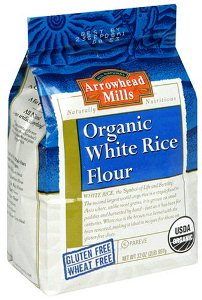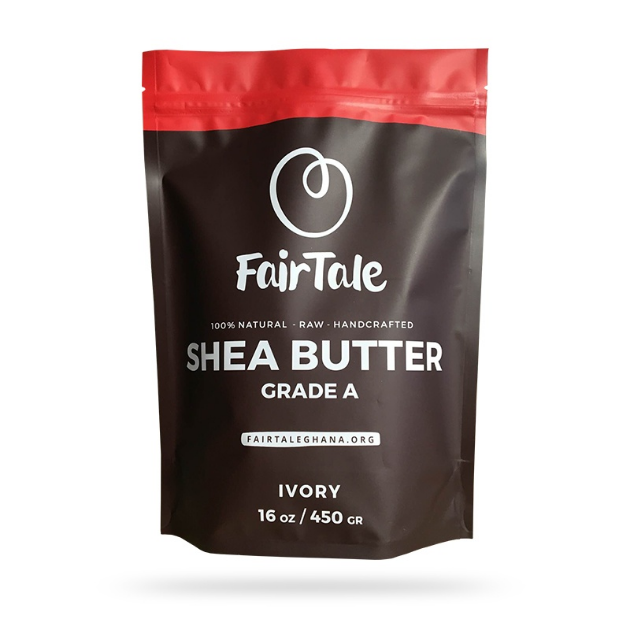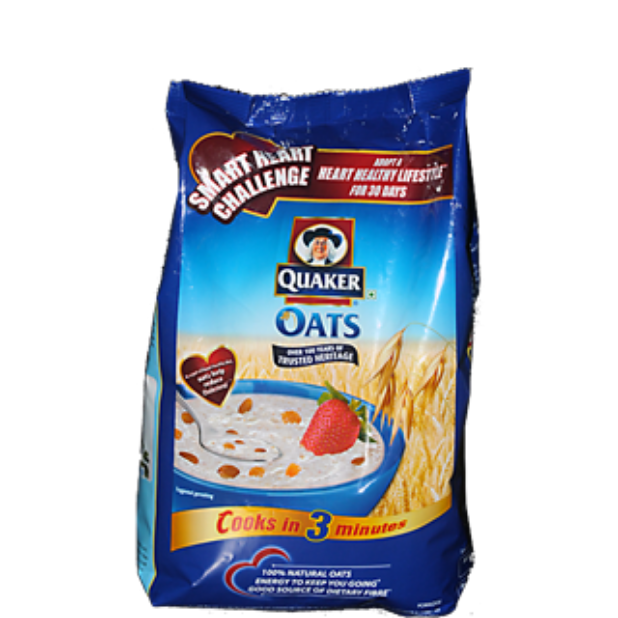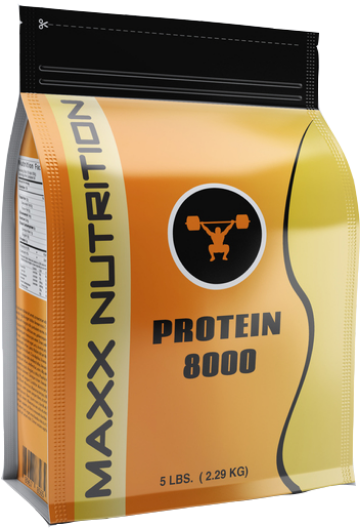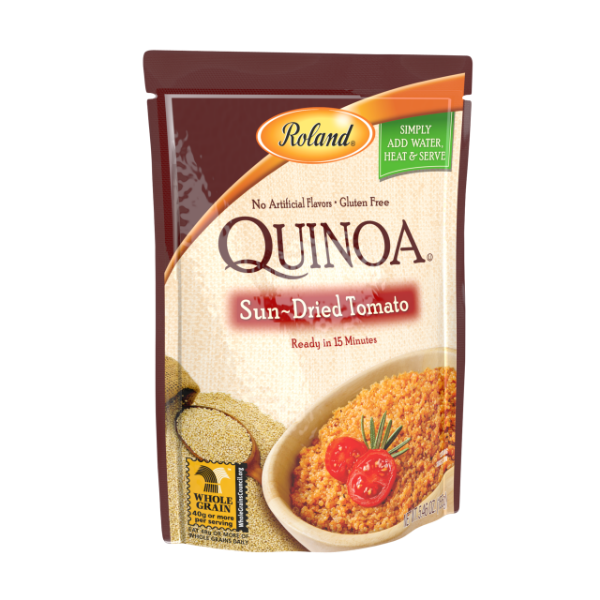
Flexible Packaging Cuts Waste: What 85% Less Plastic Means for Your Brand
Looking for a packaging shift that reduces plastic and total cost without sacrificing protection? Flexible formats can use up to 85% less plastic than rigid containers—driving savings in materials, freight, and storage while improving shelf impact. This post distills the highlights from our pillar guide, 85% Less Plastic: How Flexible Packaging Cuts Waste, and links to deeper dives on cost and risk planning.
Why “85% Less Plastic” Matters
Using fewer raw materials immediately trims resin exposure and environmental impact. Because flexible packs weigh dramatically less and ship flat, you’ll often move more units per case and per pallet. Many brands see warehouse density improvements where a single pallet of unfilled pouches replaces 10+ pallets of rigid, and shipping volume reductions on the order of ~70%. For the complete sustainability and operations picture, start with the pillar overview.
The Total Cost Story (Not Just Unit Price)
Flexible packaging’s waste and weight advantages roll up into real dollars: less material, fewer trucks, tighter storage, and lower damage rates. Beyond the per-piece quote, totals improve when you account for freight, handling, and returns. See how these levers translate into landed savings in Cost & Price Advantages of Flexible vs. Rigid, then compare scenarios to your current SKUs.
Plan the Transition: Risks to Manage
Great outcomes depend on smart execution. Validate barrier needs and sealing windows, align recyclability claims with actual access, and invest in print quality to avoid “cheap” perceptions. Our checklist in Flexible Packaging Risks: Challenges & How to Avoid Them covers supplier credentials, compliance, and testing so your launch protects both margins and brand.
Where Flexible Packaging Wins
Categories like coffee, pet treats, supplements, cleaning refills, and snacks benefit most: lighter packs, resealability, 360° branding, and lower breakage. If you’re modeling a switch, calibrate materials (e.g., mono-material or PCR options), choose features that consumers will use (zippers, sliders, spouts), and right-size to fill volume to eliminate “air.”
Want the full data and examples? Dive into 85% Less Plastic: How Flexible Packaging Cuts Waste for methodology, visuals, and step-by-step guidance—or bookmark the pillar guide for your next packaging review.

